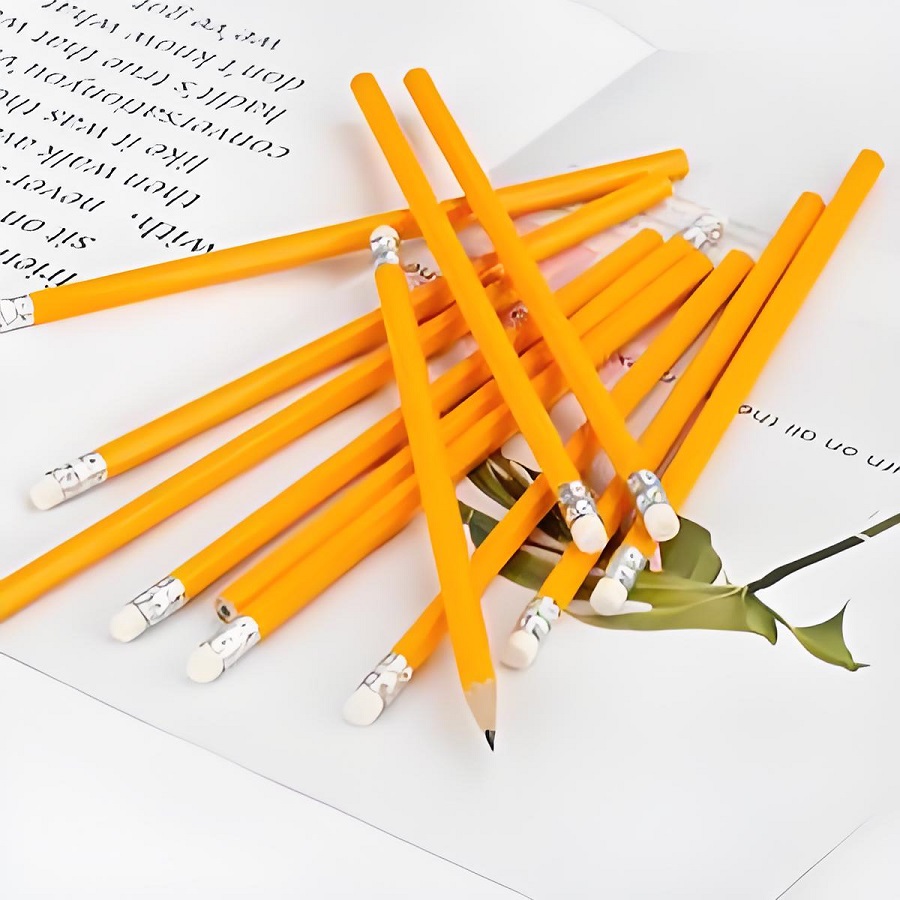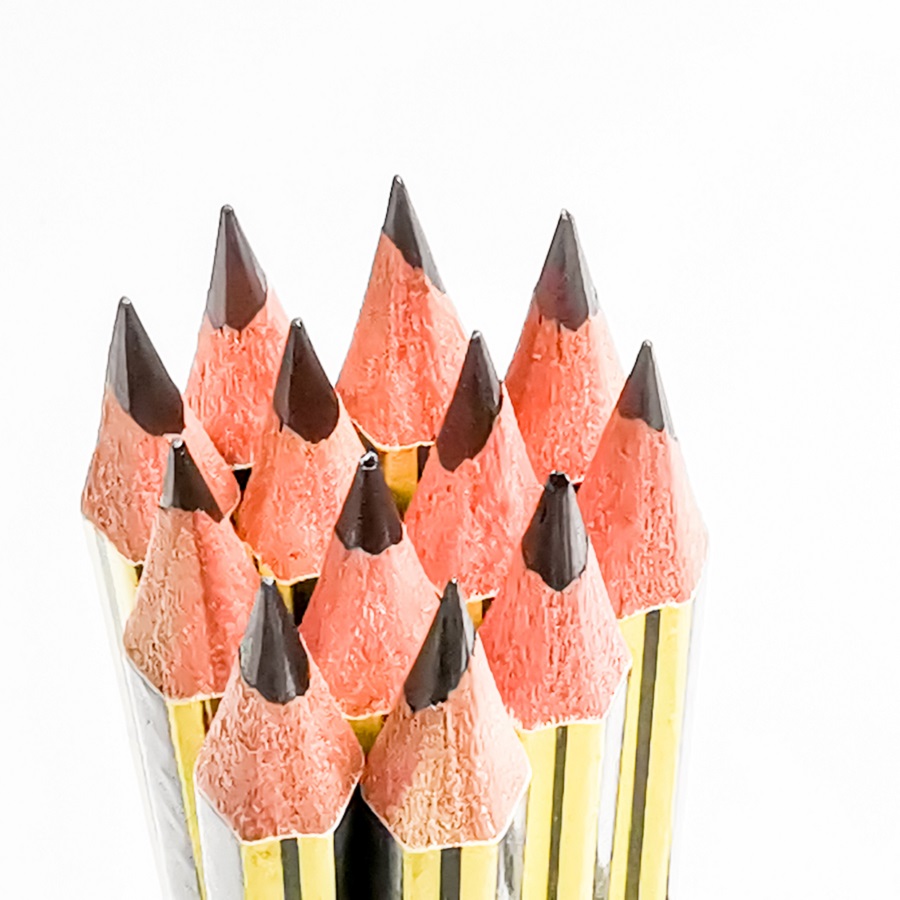Introduction

Wooden pencils have been a staple in our daily lives for centuries. From classrooms to art studios and offices, these simple yet efficient tools have stood the test of time. One of the main reasons for their enduring popularity is their versatility and reliability. While technological advancements have introduced digital alternatives, wooden pencils remain a preferred choice for many due to their tactile nature and the sense of nostalgia they invoke. In this article, we’ll explore what makes wooden pencils unique, their production process, and their varied applications in everyday life.

Materials and Production
The making of wooden pencils is a fascinating process that combines natural resources with skilled craftsmanship. The most common woods used for pencils are cedar, basswood, and poplar. Remarkably, one tree can produce up to 300,000 pencils, illustrating the efficiency of this resource. The center of a wooden pencil, often referred to as the “lead,” is actually made from a mixture of graphite and clay. This mixture is encased in wood, providing the durability and ease of sharpening that we associate with high-quality pencils.
The journey of a wooden pencil starts with selecting the right wood. Cedar is particularly valued for its aromatic properties and straight grain, which makes it easy to cut and shape. Basswood and poplar are also popular choices due to their abundance and workability. The graphite and clay mixture is extruded into thin rods, which are then placed between two slats of wood that have grooves carved into them. These slats are glued together, and the resulting sandwich is cut into individual pencils, which are then shaped, painted, and sharpened.
For those interested in sustainable options, many companies now offer environmentally friendly pencils made from recycled materials or sustainably sourced wood. Brands like Durzerd (
https://www.durzerd.com/Natural-Wooden-Pencil.html
) are notable suppliers that focus on producing natural wooden pencils, ensuring that their products are both high-quality and eco-friendly.
Diverse Applications of Wooden Pencils
Wooden pencils are incredibly versatile, making them suitable for a wide range of applications. In education, they are the go-to tool for students of all ages. Their simplicity and ease of use make them perfect for taking notes, completing assignments, and even doodling during class. Teachers often prefer wooden pencils over mechanical ones because they are less distracting and encourage proper handwriting techniques.
In the realm of art, wooden pencils are indispensable. Artists rely on the varying hardness of pencil leads to create intricate sketches and detailed drawings. The ability to produce both fine lines and broad strokes with a single tool is a significant advantage. Pencils like those offered by CPencils (
) are perfect for both budding artists and seasoned professionals, providing a range of options that cater to different artistic needs.
Wooden pencils also find their place in the professional world. Architects, designers, and engineers frequently use them for drafting and sketching ideas. The tactile feedback and control that wooden pencils offer are unmatched by digital tools, making them a preferred choice for precision work.
Environmental Considerations
In an era where sustainability is a growing concern, wooden pencils stand out as an eco-friendly alternative to many other writing instruments. Unlike plastic pens, which contribute to pollution and are often not recyclable, wooden pencils are biodegradable and sourced from renewable resources. The production process of wooden pencils is designed to minimize waste and make efficient use of materials.
Choosing pencils made from sustainably sourced wood or recycled materials further enhances their environmental benefits. Companies like Durzerd are leading the way in promoting sustainable practices within the industry. By opting for environmentally responsible brands, consumers can enjoy the benefits of wooden pencils while also supporting efforts to protect our planet.
In addition to their environmental advantages, wooden pencils also offer cost-effectiveness. They are relatively inexpensive compared to many other writing tools, making them accessible to a broad audience. This affordability, combined with their durability and ease of use, ensures that wooden pencils will continue to be a popular choice for years to come.



